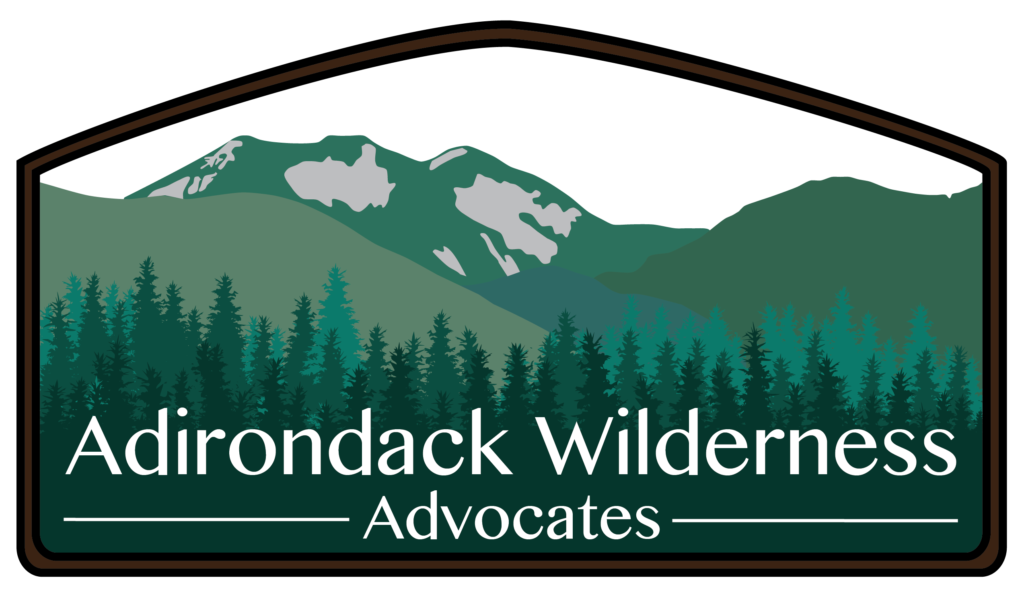AWA’s position on the benefits of Wilderness areas to local communities is strongly supported by ongoing research from academic institutions, economics think tanks and others. Headwaters Economics, a non-partisan economics think tank, is one of the leaders. Headwaters Economics specializes in study of the economic impacts of federally-protected wilderness areas out west, through multiple lenses, with rigorous, peer-reviewed research. Their previous work has shown that western counties containing wilderness areas outperform other rural counties, and further that there is a causal relationship between the appeal of wilderness and economic benefit.
This research may run counter to those who adhere to the outdated conventional wisdom that too much protected State land is to blame for economic hard times in the Park, but that simply isn’t the case. In fact, the Adirondack Park will thrive to the extent that it is recognized as a wild, majestic place with protected Wilderness like out West, rather than being viewed as just another tourist destination lumped in with the Berkshires and the Catskills – as it often is.
Headwaters Economics produced a summary of their work with the following bullet points:
General findings:
- Higher-wage services industries, such as high-tech and health care, are leading the West’s job growth and diversifying the economy.
- Entrepreneurs and talented workers are choosing to work where they can enjoy outdoor recreation and natural landscapes.
- Increasingly, chambers of commerce and economic development associations in every western state are using the region’s national parks, monuments, wilderness areas and other public lands as a tool to lure companies to relocate.
- High-wage services industries also are using the West’s national parks, monuments, wilderness areas and other public lands as a tool to recruit and retain innovative, high-performing talent.
Specific points:
- From 1970 to 2010, the West’s employment grew by 152 percent compared to 78 percent for the rest of the country.
- This western job growth was almost entirely in services industries such as health care, real estate, high-tech, and finance and insurance, which created 19.3 million net new jobs, many of them high-paying.
- Western non-metropolitan counties with more than 30 percent of the county’s land base in federal protected status such as national parks, monuments, wilderness, and other similar designations increased jobs by 345 percent over the last 40 years. By comparison, similar counties with no protected federal public lands increased employment by 83 percent.
- In 2010, per capita income in western non-metropolitan counties with 100,000 acres of protected public lands was on average $4,360 higher than per capita income in similar counties with no protected public lands.
Here are some excerpts from Headwaters Economics’ report: “Wilderness and Economics: What Research and Careful Analysis Say About the Economic Impact of Wilderness” that cites other research supporting the same trends:
There is a large body of peer-reviewed literature that examines the relationship between land conservation and local and regional economic well-being… …a sample of peer-reviewed, tested research on the value of Wilderness to nearby communities includes these findings:
- Protected public lands can and do play an important role in stimulating economic growth – especially when combined with access to markets and an educated workforce – and are associated with some of the fastest growing communities in the West (Rasker 2006)
- Wilderness designation enhances nearby private property value (Phillips, 2004)
- Wilderness is associated with rapid population, income, and employment growth relative to non-Wilderness counties (Lorah and Southwick, 2003)
- Public land conservation is associated with more robust population growth (Lewis, Hunt and Plantinga, 2002)
- A study of 250 non-metro counties in the Rocky Mountains found no evidence of job losses associated with Wilderness and no evidence that counties more dependent on logging, mining, oil and gas suffered job losses as a result of Wilderness designation (Duffy-Deno 1998)
In addition to the above peer-reviewed research, a quick review of statistics from the U.S Census Bureau and the U.S. Department of Commerce shows that by three measures (average annual net migration, average annual change in employment, and average annual change in personal income) counties in the lower 48 states with Wilderness, on average, do better than those without Wilderness. The findings for these three federal measurements also hold true for rural (non-metro) counties across the U.S.
Here is an excerpts from F. Patrick Holmes and Walter E. Hecox, “Does Wilderness Impoverish Rural Regions?” from the December 2004 International Journal of Wilderness .
A study of 113 rural counties in the American West, 43% containing designated wilderness areas, shows that for the period 1970 to 2000 there is a significant positive correlation between the percent of land in designated wilderness and population, income, and employment growth. New forms of economic activity accompany wilderness: growth of investment income and nonfarm self-employment income are correlated with the presence of wilderness.
Table 2—Average annual growth from 1969–2000 in growth indicators for the American West, rural counties with wilderness, and rural counties without wilderness.
Income Employment Population
The American West (11 states) 2.0 2.9 8.7
Rural Counties with Wilderness 1.9 2.8 8.5
Rural Counties Without Wilderness 1.0 1.4 7.2
Furthermore, these correlations became stronger as counties adjacent to metropolitan areas were excluded, suggesting that wilderness is strongly associated with successful community economic development in cases of geographic isolation from metropolitan areas.
These correlations are not news outside of the Adirondacks. In November of 2011 more than a hundred economists and academics in related fields, including three Nobel Laureates, signed on to a letter to President Obama and Congress which made the same argument. They urged him to support more investment in public lands because of the demonstrative economic benefits to surrounding communities.
